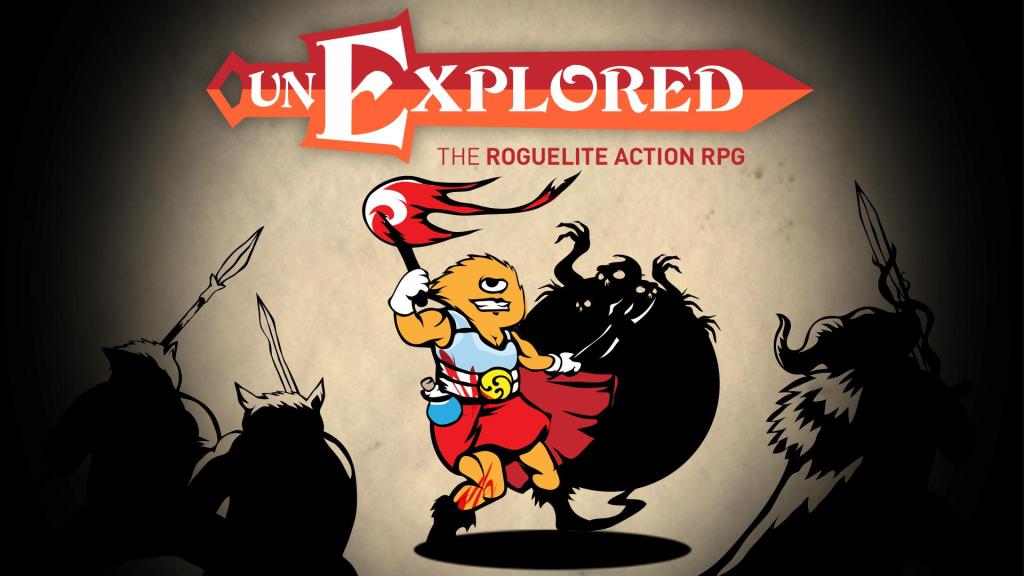When I first spoke about my love of the criminally underappreciated Unexplored on Waypoint Radio a couple of weeks ago, I focused on its most novel aspects: Its ability to foreshadow what will happen in deeper depths of the game’s dungeon; its unique, “cyclical” level generation, which alleviates the amount of backtracking you need to do; its simple, yet deliberate combat.
But after I streamed Unexplored last week—and got much further into the depths of its procgen dungeon than I ever had before—I found a new reason to love it: its endgame.
Videos by VICE
This felt especially relevant at the time because, a couple of weeks ago, I wrote about how often games left me without a sense of closure or resolution.
So hey, game makers. Instead of simply showing me a brief glimpse of the world after my hero has saved it, let me wander through it—or even just a part of it! Let me meet the old fish seller again, or check in on that bickering couple. Let me call up an old friend and get a drink, or catch up with that party member I lost at the end of Act 2. You’re so, so, so good at climaxes, video games. But I’d love to see a little more denouement.
There are some spoilers ahead for Unexplored, so hey, if you wanna watch what happens in my stream, go ahead to the top of the page and hit play now, and I’ll see you back here in a couple of hours, otherwise you can keep on reading…
Like many roguelikes, Unexplored gives you a truly game-y goal: Delve into a deep dungeon, recover a macguffin of power, and escape. This structure isn’t exactly new to the roguelike genre—my first RL ‘ascension’ happened in Dungeon Crawl: Stone Soup back in 2009. But Unexplored‘s procedurally generated levels are dense with meaning, memory, and connection in a way that most other RL’s aren’t.
So as you escape, it isn’t just that you pass through “the floor with lava on it,” you’re fleeing through the level where you avenged the fallen knight you’d read about over the first 45 minutes of the game. This flooded cavern isn’t just where you confronted the Marine Magus, it’s also where you located the magical horn that let you unlock a special sort of door that you’d seen throughout the past dozen levels.
All of this does some of the “offboarding” that I wrote about in my article about games so often lacking resolution (and which critic Michael Thomsen outlined in his Theorizing the Web talk). And then, when you finally make it back to the surface, Unexplored continues to offer resolution: An NPC walks you through a screenshot filled tour of your own adventure. “Hey, remember when you took on the Troll Matriarch?” Yeah, cool NPC, I DO remember that!
In revisiting these places and moments, Unexplored stands in stark contrast to the quick and hard endings of so many of my other favorite roguelikes and -lites. Spelunky, FTL, and Invisible, Inc. are three of my favorite games of the last decade, but all of them just sorta end, you know? Their final challenges are all worth applauding, but they don’t do a great job of wrapping up after that. Congrats, roll credits, it’s over.
When I first started playing Unexplored, I knew immediately that it would be one of my favorites of the year. But the special way that it offers players sense of closure only makes my feelings about it even stronger. Even in a year with so many incredible games, Unexplored is a gem. I just hope that it isn’t totally lost in the shuffle.
More
From VICE
-

Screenshot: Shaun Cichacki -

Screenshot: Shaun Cichacki -

Screenshot: Giants Software -

